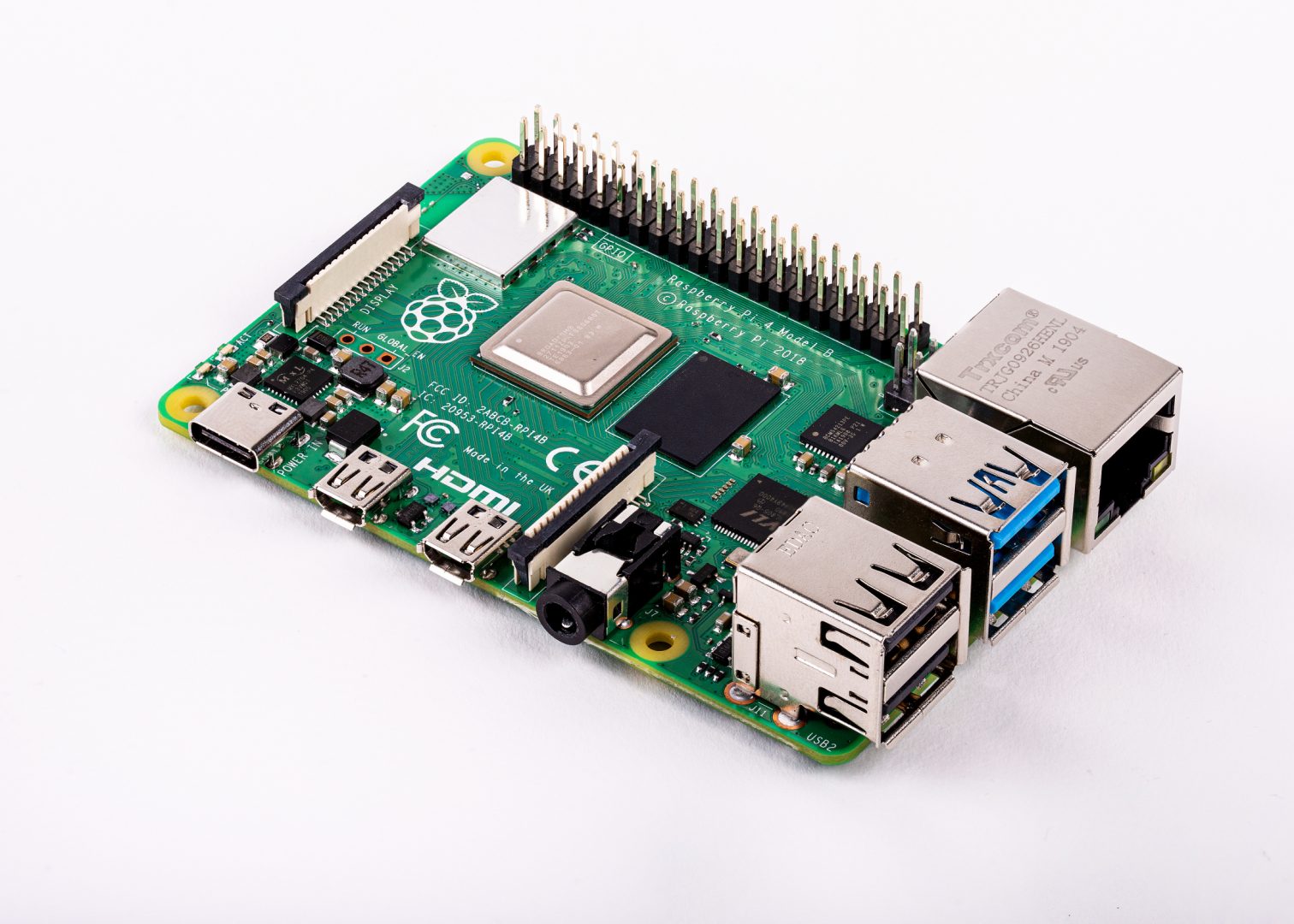
Tech junkies, hackers and educators have a brand new toy to play with today as the Raspberry Pi Foundation drops its latest model, the Raspberry Pi 4, and to be honest it’s a bit of a beast, writes Computer Business Review’s Conor Reynolds.
The new Raspberry Pi 4 Model B showcases a significant jump in performance in comparison to previous versions. The Pi 4 is built around a Broadcom BCM2711 system-on-chip and has a 1.5GHz quad-core 64-bit ARM Cortex-A72 CPU.
Read this: NASA Hacked with a Raspberry Pi
This new model now comes with a 4GB option that many will welcome following the 1GB limitation of the Pi 3B+ model, dual-4K displays, 4K60 H.265 video decode, gigabit Ethernet and two USB 3.0 ports. In terms of performance – depending on what you ask it to do – the Pi 4 should be two to three times faster than the last version.
So I've been messing around with my @Raspberry_Pi #RaspberryPi4, and try as I might I can't see any good reason (inertia aside) that the average user needs a noisy, energy-guzzling desktop PC the size of a microwave oven anymore #OpenSource #EcoComputing #EmancipateYourBits pic.twitter.com/CYDB2dusMR
— Clive Beale (@clivebeale) June 24, 2019
The Pi 4 comes with a few connection changes that promise to simultaneously delight and annoy Pi fans across the board, as they have gotten rid of the type-A (full-size) HDMI connector. Instead it has been replace with a two type-D (micro) HDMI connectors. This is in order to accommodate a duel display output that the Pi team says is capable of running two 4K video outputs at 60 FPS.
Raspberry Pi 4 is here! A tiny, dual-display desktop computer, with three RAM variants to choose from, and all the hackability you know and love. On sale now from the familiar price of $35: https://t.co/d9iwVidexm #RaspberryPi4 pic.twitter.com/4fll4gx1Ax
— Raspberry Pi (@Raspberry_Pi) June 24, 2019
Fans of the Raspberry Pi series will find themselves looking through the cable box as the Pi design team have swapped out the USB micro-B power connection for a standard USB-C connector.
The Raspberry Pi team notes in a blog that “All three connectors on the right-hand side of the board overhang the edge by an additional millimetre, with the aim of simplifying case design. In all other respects, the connector and mounting hole layout remains the same, ensuring compatibility with existing HATs and other accessories.”
“Our Gigabit Ethernet magjack has moved to the top right of the board, from the bottom right, greatly simplifying PCB routing. The 4-pin Power-over-Ethernet (PoE) connector remains in the same location, so Raspberry Pi 4 remains compatible with the PoE HAT.”
Raspberry Pi 4
Today’s launch comes with three flavours of memory 1GB, 2GB or a chunky 4GB. The Pi have noted that for the initial release they have manufactured more of the 2GB version.
The one you select really depends on what you want to do: for instance if you want to run the new 4K dual screen option then the 4GB may be required. As well as a new 4GB option the Pi 4 has moved from the memory transfer speed standard LPDDR2 to LPDDR4.

To run the Raspberry Pi 4 the team have created what they call a ‘radically overhauled operating system’, which will be based on the Debian 10 Buster release.
The system will now have a modern looking user interface and will be able to access updated applications like Chromium 74 web browser.
The Pi 4 requires that you update drivers for Raspbian.
Wow, the 4GB #RaspberryPi4 is proving to be very popular, with many of our Approved Resellers already out of stock. You know where isn't out of stock? The Raspberry Pi Store in Cambridge, and we'll be open until 8 pm tonight. Who fancies a road trip? pic.twitter.com/v5VMG278C5
— Raspberry Pi (@Raspberry_Pi) June 24, 2019
On sale today, the Pi 4 1GB is £28, 2GB for £35 and the 4GB will set you back £44, but the pocket-sized powerhouse is selling out widely.






